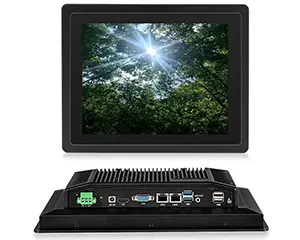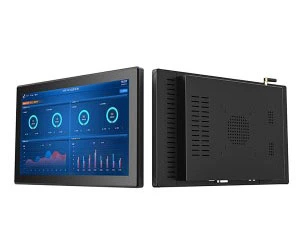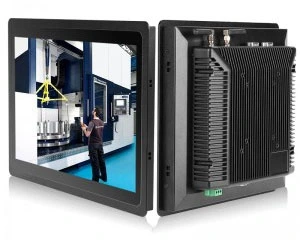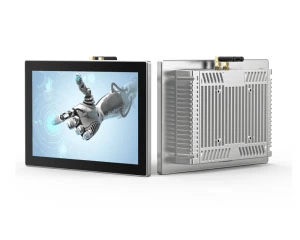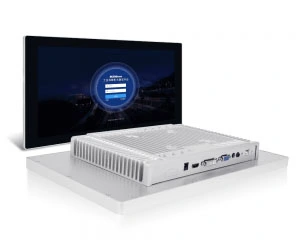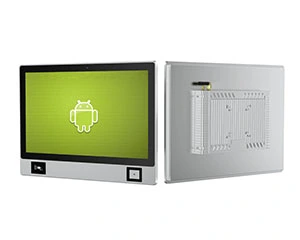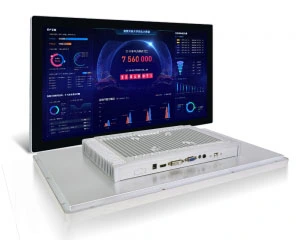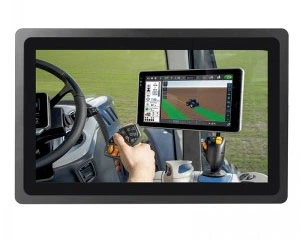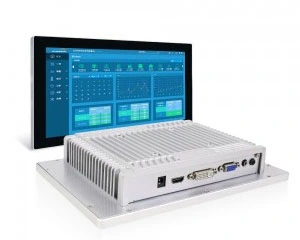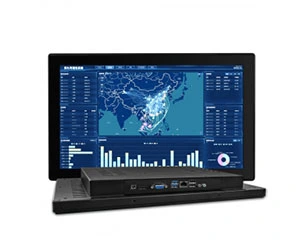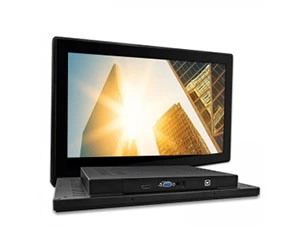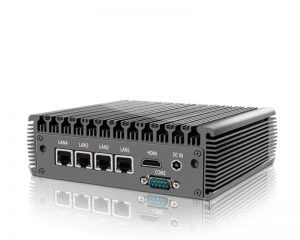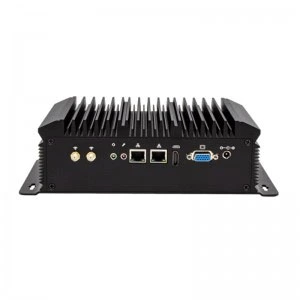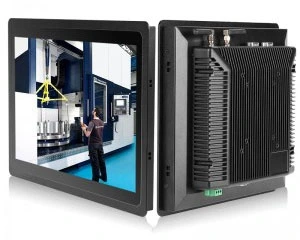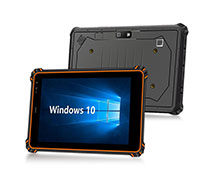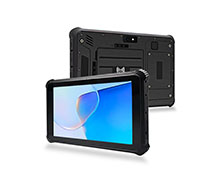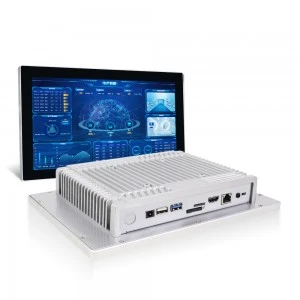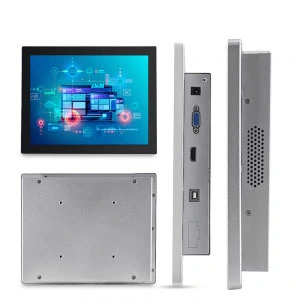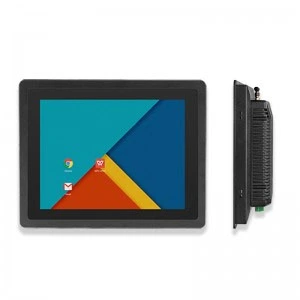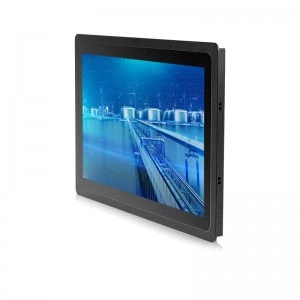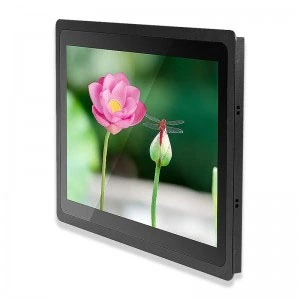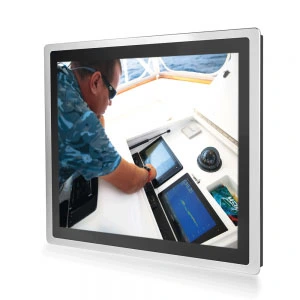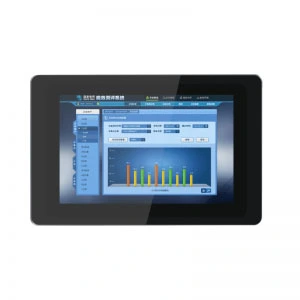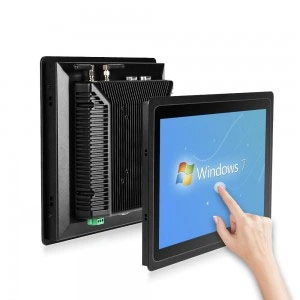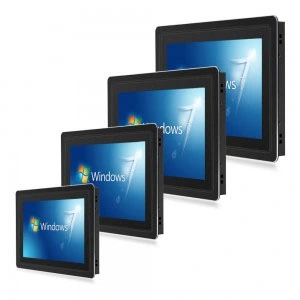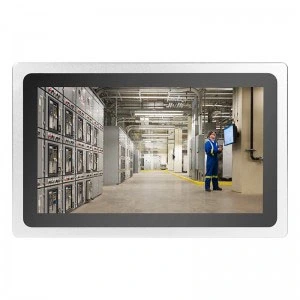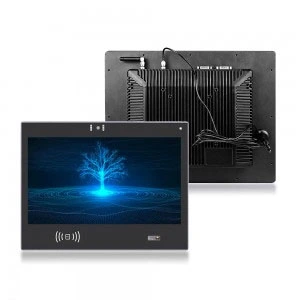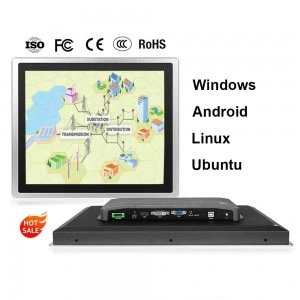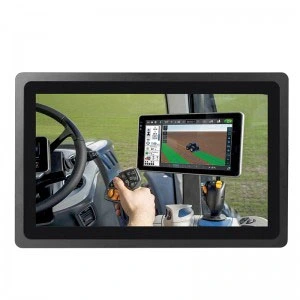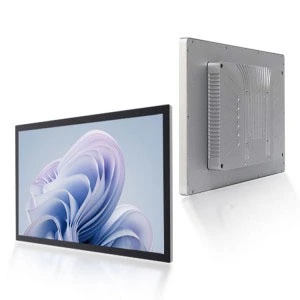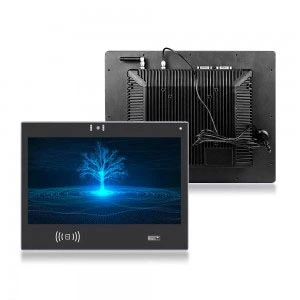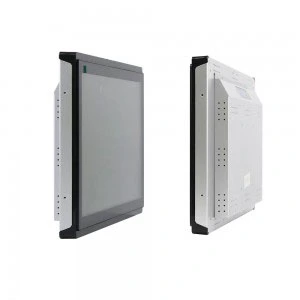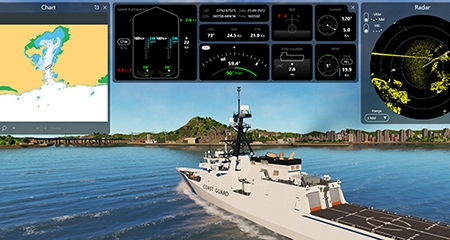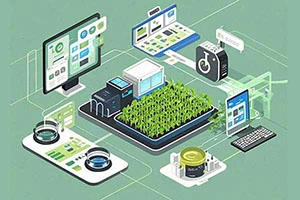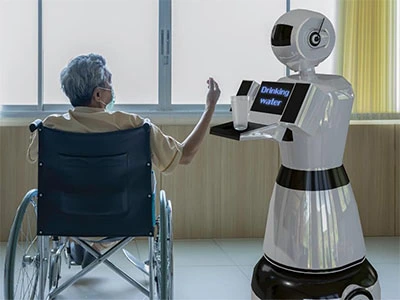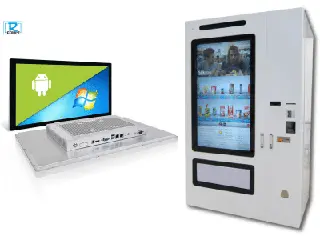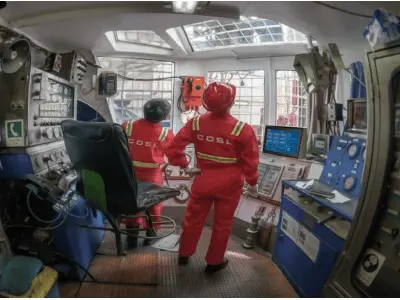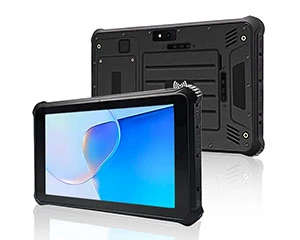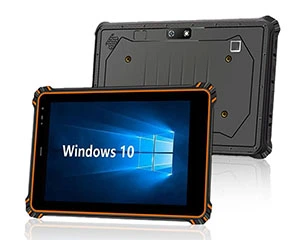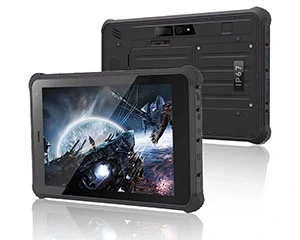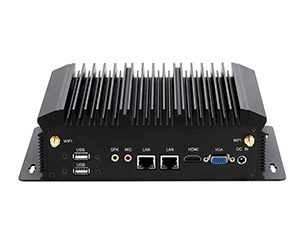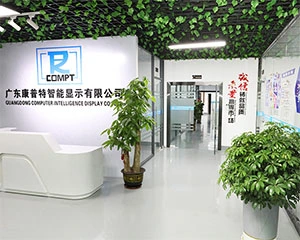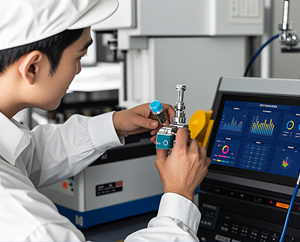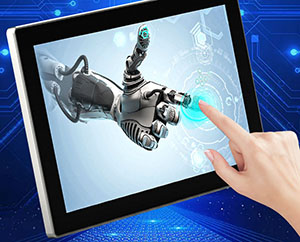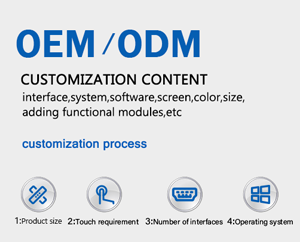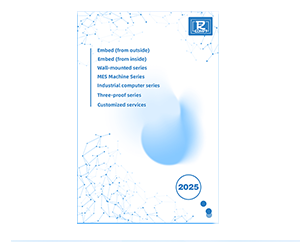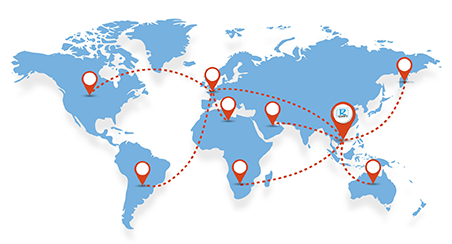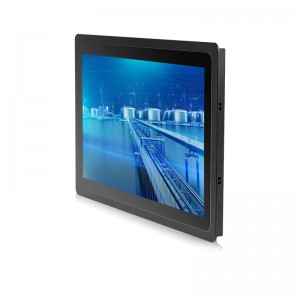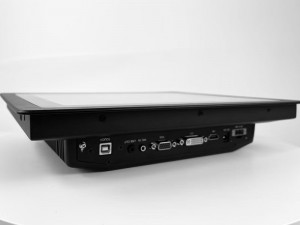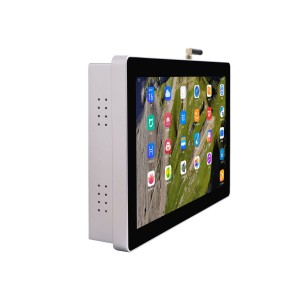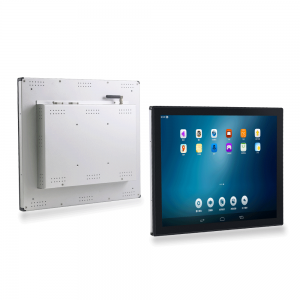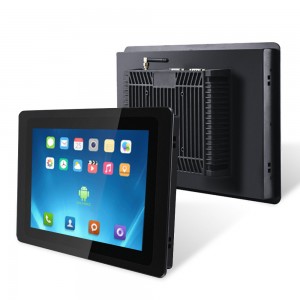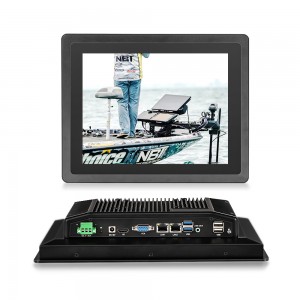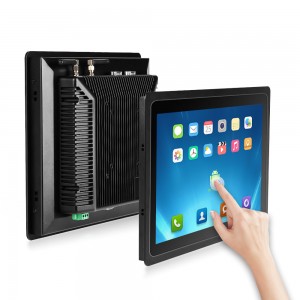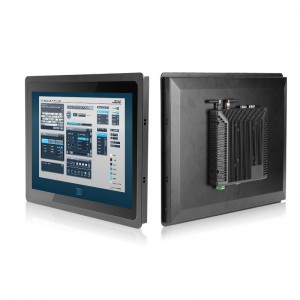The application of computers in agriculture is more and more cut-off widely, through improving efficiency, optimising the use of resources, enhancing productivity, and promoting the development of modern agriculture, today we will discuss some of the applications of computers in agriculture.
1.panel pc in the old soviet tractor applications
One of our COMPT customers, the panel pc applied in his old Soviet tractor, to achieve driverless function.
Tractors played a key role in Soviet agricultural production, especially during the war, when they were widely used to haul artillery and other heavy equipment due to the shortage of tracked vehicles in the Red Army. In the Soviet period and later history occupies an important position, in order to support the process of collectivisation of agriculture in the USSR, the Soviet State Planning Committee in 1928 began to implement the first five-year plan, vigorously develop heavy industry at the same time, but also focus on the mechanisation of agriculture.
They not only increased the efficiency of agricultural production, but also provided important support to the Red Army during the war. Although these old tractors have been replaced by more advanced equipment with the passage of time and the development of technology, their place and role in the history of the USSR are irreplaceable.
2.Main ways of PC application in agriculture:
Data collection and analysis:
Computers are used to collect, collate and analyse data from farmland, climate, crop growth, etc. Computers are connected to soil moisture sensors, weather stations, light sensors, crop growth, etc., to collect environmental data from farmland in real time. It helps farmers to understand crop growth, soil health and climate change and provides a scientific basis for agricultural decision making.
3. Agricultural automation
Equipment such as driverless tractors, automated seeders and harvesters depend on computer control. Computer-controlled automation equipment, such as drones, self-driving tractors, and irrigation systems, achieve automation and intelligence in agricultural production.
In greenhouses or farms, computer-controlled agricultural robots can perform tasks such as planting, picking and spraying pesticides to improve labour efficiency.
These technologies can reduce the need for manpower, increase productivity, and reduce labour intensity.
4. Precision Agriculture
Precision agriculture helps to reduce waste of resources and increase production and quality by using Geographic Information Systems (GIS) and Global Positioning Systems (GPS) to guide agricultural activities.
With GPS, farmers know exactly where they are in the field, while GIS is used to create maps of farmland showing key information such as soil fertility, crop distribution, and irrigation systems.
Precision Fertiliser and Irrigation: Computer-controlled precision fertiliser and irrigation systems allow fertiliser and water to be applied precisely according to soil and crop needs, reducing waste and increasing productivity.
5.Agricultural meteorological services
Weather forecasting: Computers process meteorological data to provide farmers with accurate weather forecasts to help arrange agricultural activities and reduce the impact of weather on agricultural production.
Disaster warning: By analysing historical and current meteorological data through computers, natural disasters such as droughts, floods and frosts can be predicted and warned, helping farmers to take precautionary measures in advance.

